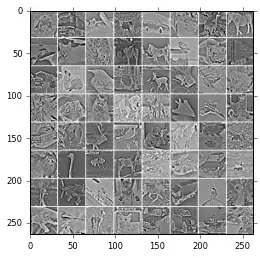I'm revising a paper on pollination, where the data are binomially distributed (fruit matures or does not). So I used glmer with one random effect (individual plant) and one fixed effect (treatment). A reviewer wants to know whether plant had an effect on fruit set -- but I'm having trouble interpreting the glmer results.
I've read around the web and it seems there can be issues with directly comparing glm and glmer models, so I'm not doing that. I figured the most straightforward way to answer the question would be to compare the random effect variance (1.449, below) to the total variance, or the variance explained by treatment. But how do I calculate these other variances? They don't seem to be included in the output below. I read something about residual variances not being included for binomial glmer -- how do I interpret the relative importance of the random effect?
> summary(exclusionM_stem)
Generalized linear mixed model fit by maximum likelihood (Laplace
Approximation) [glmerMod]
Family: binomial ( logit )
Formula: cbind(Fruit_1, Fruit_0) ~ Treatment + (1 | PlantID)
AIC BIC logLik deviance df.resid
125.9 131.5 -59.0 117.9 26
Scaled residuals:
Min 1Q Median 3Q Max
-2.0793 -0.8021 -0.0603 0.6544 1.9216
Random effects:
Groups Name Variance Std.Dev.
PlantID (Intercept) 1.449 1.204
Number of obs: 30, groups: PlantID, 10
Fixed effects:
Estimate Std. Error z value Pr(>|z|)
(Intercept) -0.5480 0.4623 -1.185 0.2359
TreatmentD -1.1838 0.3811 -3.106 0.0019 **
TreatmentN -0.3555 0.3313 -1.073 0.2832
---
Signif. codes: 0 ‘***’ 0.001 ‘**’ 0.01 ‘*’ 0.05 ‘.’ 0.1 ‘ ’ 1
Correlation of Fixed Effects:
(Intr) TrtmnD
TreatmentD -0.338
TreatmentN -0.399 0.509
